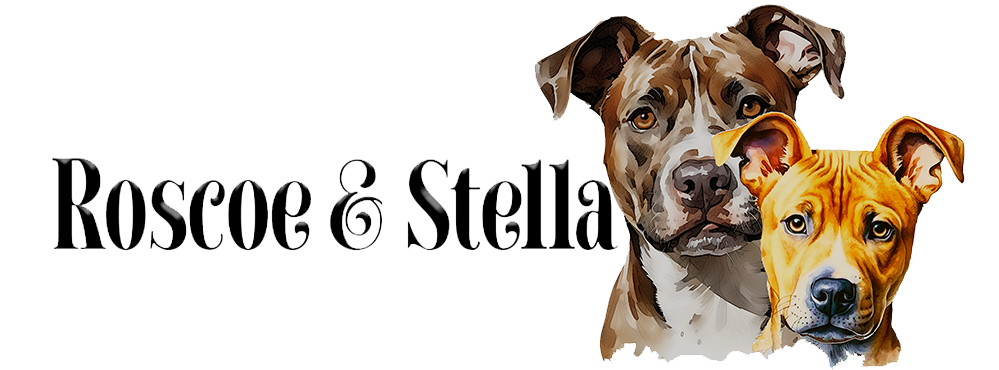How to Train an Australian Shepherd Puppy Not to Bite
By roscoenstella / June 26, 2025 / No Comments / Dog Blog
Australian Shepherd puppies are full of energy, intelligence, and curiosity—but along with that often comes a fair amount of nipping and biting. While play-biting is normal for puppies, it’s especially common in herding breeds like Aussies due to their instincts. The good news? With patience and consistency, you can teach your Aussie puppy to stop biting before it becomes a bigger problem.
Here’s a step-by-step guide to help you train your Australian Shepherd puppy not to bite, along with a real story from one owner who went through the same challenge.
Why Do Australian Shepherd Puppies Bite?
Biting in puppies is usually caused by one of these factors:
Teething: Between 3–6 months, puppies experience gum discomfort and bite to soothe themselves.
Play behavior: Puppies naturally play with their mouths—especially herding breeds, who are wired to nip at movement.
Overstimulation: When Aussies get too excited, they may resort to nipping or biting.
Lack of training or redirection: Without clear guidance, biting becomes a self-reinforcing behavior.
The key is to teach your puppy that biting people or clothes is never okay, while still giving them appropriate outlets for their energy and teething.
Step-by-Step: How to Stop the Biting
1. Use the “Yelp and Ignore” Technique
When your puppy bites too hard during play, let out a high-pitched “ouch!” or “yelp,” then turn away and ignore them for 30–60 seconds. This mimics how puppies learn from each other and teaches bite inhibition.
2. Redirect to a Toy
Always have chew toys or tug toys nearby. When your Aussie starts to bite your hands or feet, immediately redirect to a toy. Praise them when they chew the toy instead.
3. Avoid Rough Play
Wrestling or playing with hands encourages nipping. Instead, use toys as the barrier between you and your dog’s teeth.
4. Use Timeouts for Persistent Nipping
If the behavior continues after redirection, calmly place your puppy in a quiet area or crate for 1–2 minutes. This teaches that biting ends all fun.
5. Reward Calm Behavior
Praise and treat your Aussie when they’re being gentle, resting quietly, or playing with toys. Positive reinforcement helps them connect calm behavior with rewards.
6. Be Consistent
Everyone in the household must follow the same approach. Mixed signals will only confuse your puppy and slow down progress.
A Reader’s Story: How We Stopped the Biting
Mike, a first-time Aussie owner from Montana, shared his experience with his puppy, Scout. At just 10 weeks old, Scout was nipping at everything—hands, ankles, pant legs—you name it. Mike was getting overwhelmed and even questioned if he made the right choice with such a high-energy breed.
After speaking with a trainer, Mike learned to redirect Scout’s biting to toys, avoid rough play, and set up short training sessions throughout the day. He also started daily brain games to give Scout mental stimulation. Within three weeks, the biting reduced significantly. Mike says the biggest breakthrough came when he stayed calm and consistent—and reminded himself that Scout wasn’t being aggressive, just a puppy trying to understand the world.
Don’t Forget Mental Stimulation 🧠
Training an Aussie isn’t just about stopping unwanted behaviors—it’s also about giving them a job. Mental stimulation is essential to preventing boredom, frustration, and the kind of restless energy that leads to biting.
👉 Check out Brain Training for Dogs here
One of the best resources we recommend is Brain Training for Dogs, a step-by-step program designed to improve behavior through fun, engaging challenges. If you’re struggling with obedience, overexcitement, or biting, this program can make a big difference.
Final Thoughts
It’s completely normal for an Australian Shepherd puppy to go through a biting phase, but that doesn’t mean you have to just wait it out. With the right training, structure, and engagement, your puppy will learn what’s okay to chew—and what isn’t.
Stay consistent, stay patient, and remember: every Aussie wants to do the right thing. They just need you to show them how.
